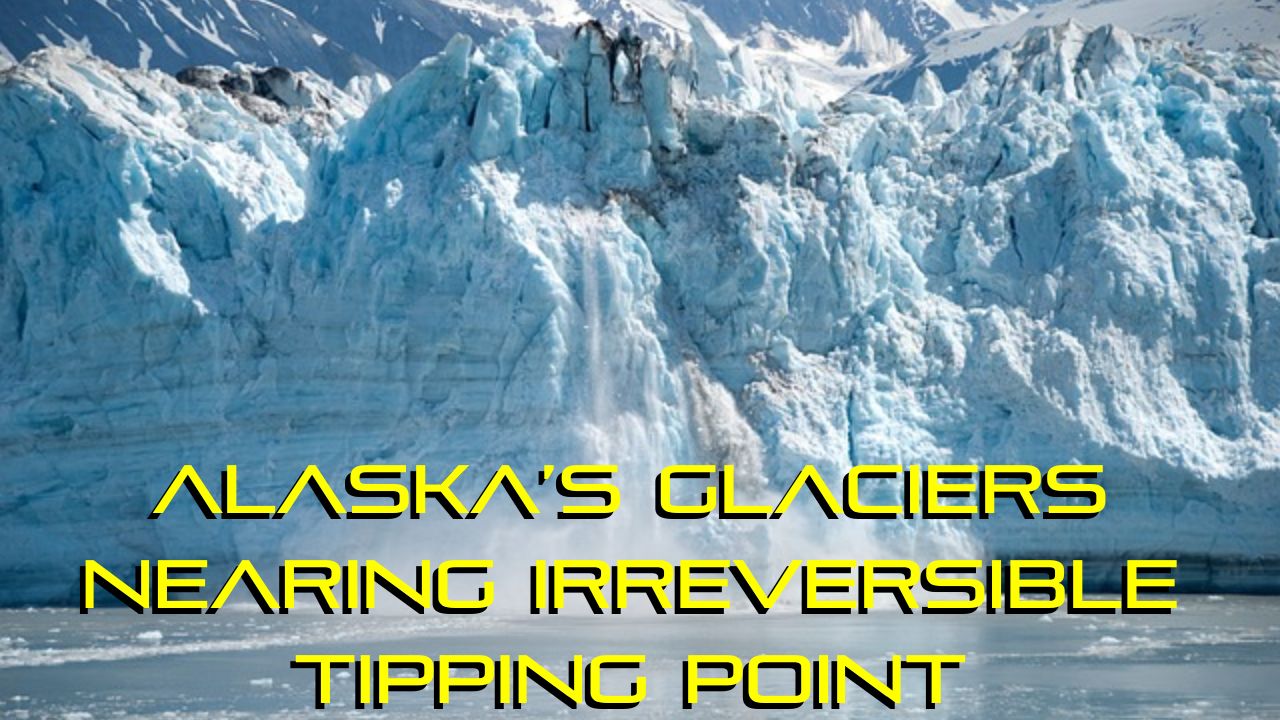Font size:
Print
Alaska’s Glaciers Nearing Irreversible Tipping Point
Context: A recent study shows that major icefields spanning the United States Alaska and Canada’s British Columbia have been melting at a rapid rate since 2005, and may reach an irreversible tipping point sooner than expected.
- The research, published in Nature Communications, centred on the Juneau Icefield in Alaska.
The Juneau Icefield straddles the boundary between Alaska and British Columbia, Canada.
- This vast ice field plays a crucial role in regulating sea levels, freshwater supply, and local ecosystems. However, its glaciers are now at a critical point.
- The researchers attributed the temperature rise to a shift towards predominantly positive values in the Pacific Decadal Oscillation (PDO) since 1976.
- The increasing Equilibrium Line Altitude (ELA) contributes to glacier volume loss.

Key Highlights
- Alaska’s large icefields could raise global sea levels by 46.4 millimetres if fully melted, with about 25% of global glacier ice loss.
- Annual ice (66.7 billion tonnes) suggests potential disappearance within 250 years if current trends continue.
- In 2019, the Juneau Icefield in Alaska consisted of 1,050 glaciers spanning 3,816.3 square kilometres.
- The research highlighted that glacier retreat accelerated dramatically from 2015 to 2019, being five times faster compared to the period from 1948 to 1979.
- 100% of the glaciers mapped in 2019 have downsized relative to their position in 1770, and 108 glaciers have vanished entirely.
- Acceleration Since 2010: The research team analysed records dating back to 1770. The rate of ice loss doubled during this period, reaching 5.91 cubic kilometres per year.
Implications: The concern lies in the possibility of reaching an irreversible tipping point.
- Once glaciers retreat beyond a certain threshold, they may continue to shrink even if climate conditions are stable.
- Alaskan icefields, especially flat plateau icefields are particularly vulnerable. Their extensive surface area means that accelerated melting affects a large portion of the ice.
Tipping points
According to the Intergovernmental Panel on Climate Change (IPCC), tipping points are ‘critical thresholds in a system that, when exceeded, can lead to a significant change in the state of the system, often with an understanding that the change is irreversible.’
- These are important indicators of environmental vulnerability and the potential for catastrophic change in Earth’s systems.
- Examples include melting permafrost, melting ice sheets and glaciers, and ocean circulation patterns.
Key Recommendations:
- Phase out fossil fuels and land use emissions now.
- Strengthen adaptation and loss and damage governance.
- Include tipping points in Nationally Determined Contributions (NDCs) and global stocktake process.
- Coordinate policy efforts to trigger positive tipping points: Policy mandates in high-emitting sectors such as power, road transport, green hydrogen/ammonia and food.




